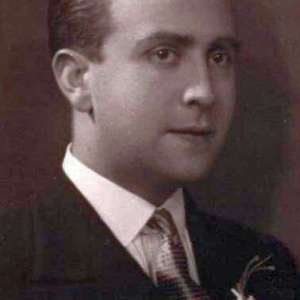
‘Beloved Friend” is the phrase Russian icon Pyotr Ilyich Tchaikovsky (1840-1893) used to address his benefactress, Nadezhda von Meck, during their long, epistolary relationship. By mutual consent, the two never met. Yet their correspondence bears all the hallmarks of a love affair; the texts, like his art, are rife with the effusive emotions of the Romantic era. Today, his music is as popular as ever—the classical site Bachtrack recently listed Tchaikovsky as one of the 10 most performed composers in the U.S.—despite Lionel Trilling’s acute 1969-70 observation that in our hard-bitten modern era, schmaltzy sentiment, and even sincerity, are held suspect.
From today’s perspective, Tchaikovsky’s musical ideas—whether in the guise of symphonic bombast, or as a buoyant backdrop for dancing fairies and frolicking snowflakes—can seem like quaint artifacts. Why, then, do audiences still clamor for this composer? It’s a question that may in part be answered by Russian-born conductor Semyon Bychkov’s “Beloved Friend—Tchaikovsky and His World,” a festival presented by the New York Philharmonic, the Kaufman Music Center, and the 92nd Street Y, along with other participating organizations, from Jan. 24 to Feb. 11, along with other participating organizations.









































